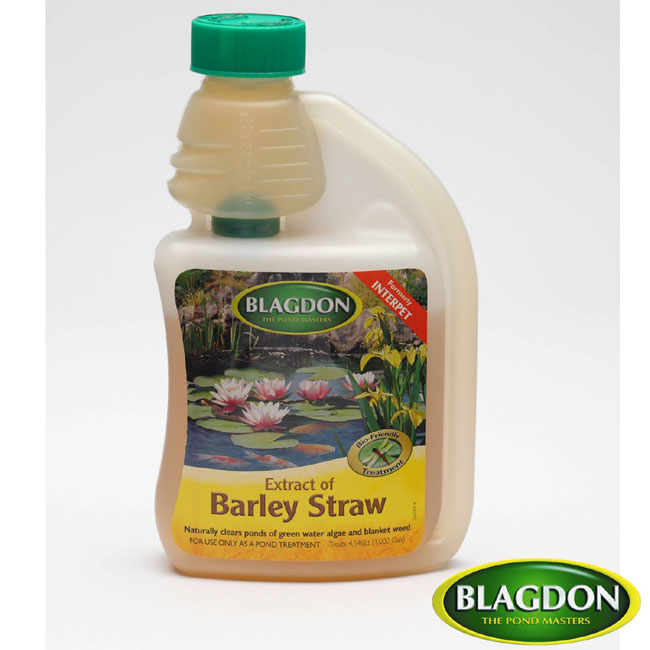How to keep your garden pond clean
Few would doubt the beauty, balance, and harmony a pond brings to a garden. A garden pond adds dimension, showcases trees, plants, and flowers – our homes – and is a design feature that attracts an array of wildlife. A garden pond is beneficial to the environment as well as pleasing to the eye.
But to keep everything in harmony, looking good, and importantly healthy, you need to understand how a garden pond becomes unclean. You will need to know and recognise warning signs for when something is amiss and needs attention. To help keep your garden pond in tip top condition we’ve put together a little advice and tips on some of the common problems that may you may encounter and how to put things right!
There is nothing as relaxing as sitting beside your garden pond watching the wildlife through crystal clear water, and keeping the water clean and free from excessive plant growth is the secret to a healthy pond.
In a perfect world, a garden pond with the correct balance of plants and oxygen should not really need any intervention because the water will remain clear. So, getting that right balance is the all important goal which sometimes takes a bit of trial and error.
Algae
Inspect your pond frequently and look out for signs of any change. Can you see any green scum or green slimy strands floating on the surface? Or, has the colour of the water changed at all? You are looking for indications of algae.
There are hundreds of different kinds of algae, some so minute they hang suspended in the water and give the appearance of thick pea soup and there are others that cause green bubbly scum that floats on the surface. A common one called blanket weed has thin green strands that look like hair, that cling to plants or floats on the surface.
Most of us will encounter algae at one time or another especially if the pond is in a sunny area. Algae thrive in nutrient rich water. These levels can increase when there is an excessive amount of organic matter at the bottom of the pond which results in a layer of sludge. Other organic matter, like fallen leaves, also has the same effect of adding nutrients as does the run-off from fertilizer you may have put on your garden. Even adding tap-water to the pond encourages algae!
How to prevent a build up of algae
- Try to prevent the pond water warming up in direct sunlight by making sure there is at least a third of the area covered by aquatic plants.
- When adding aquatic plants in baskets, don’t use ordinary compost as this has too many nutrients; use an appropriate aquatic compost
- Garden soil should be prevented from being washed into the pond
- Don’t top up the water level with tap-water, use rainwater instead
- Be careful if you add fertilizer to the garden to avoid any run-off
- In the autumn, lay a net over your pond to stop fallen leaves from falling in
How to control algae
- Green scum, blanket weed or any floating algae can be manually removed by twirling a stick in the water and lifting them out
- Barley straw, floating on the pond, has been used for many years to help with the problem of algae. Contain the straw in a mesh fabric, adding it at the rate of 50g to a square meter of surface area. Remove the straw when it turns black. Liquid barley straw is also commercially available. Its decomposition produces a by-product that breaks down under sunlight killing algae.
- There are many different treatments available readily available but make sure that the treatment you use is made specifically for the type of algae you want eliminated.
Published August 19th, 2015 by Jordan. Article ref 3874
Tags: pond
« August jobs for the garden | Bradgate Charnwood BBQ Charcoal – SOLD HERE »





